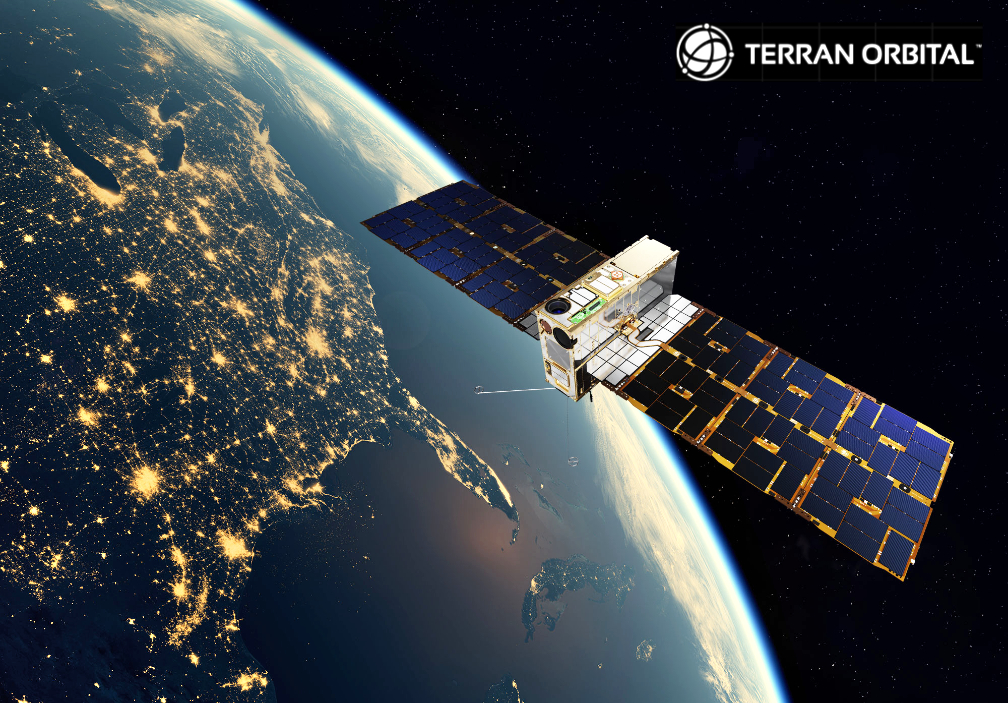
Terran Orbital Corporation (NYSE: LLAP) has announced that the firm’s wholly-owned subsidiary, Tyvak Nano-Satellite Systems, Inc. (“Tyvak”), has been awarded a $2.4 billion contract to design, build and deploy 288 LEO satellites for Rivada Space Networks — as part of the contract, Terran Orbital will also develop 12 “spare” satellites for a total production of 300 spacecraft.

Terran Orbital, through its subsidiary Tyvak, will act as the prime contractor to design and manufacture the approximately 500 kg satellites, integrate the communication payload, and perform the final satellite assembly, integration, and test. The company will also be responsible for developing portions of the ground segment.
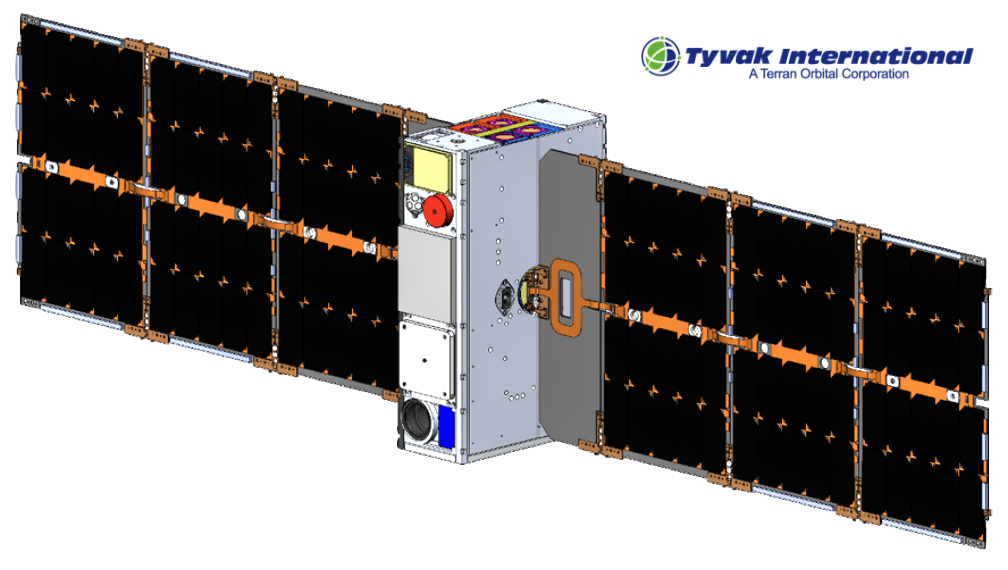
Mission operations for the on-orbit satellites will be conducted from a state-of-the-art, satellite operations, control center. Rivada expects to start deploying their constellation as early as 2025, subject to compliance with applicable regulatory requirements, with the anticipated launch of four of our satellites.
“Terran Orbital is thrilled to form this new partnership with Rivada Space Networks,” said Marc Bell, Co-Founder, Chairman, and Chief Executive Officer of Terran Orbital. “Our partnership will show why Terran Orbital continues to be a satellite manufacturer of choice for aerospace and defense companies worldwide. We are ecstatic to work alongside Rivada and look forward to building out their LEO constellation.”
“We at Rivada see Terran Orbital as a kindred spirit of sorts. We are delighted to have the opportunity to bring this project to fruition with them,” said Declan Ganley, Chairman and CEO of Rivada Networks.


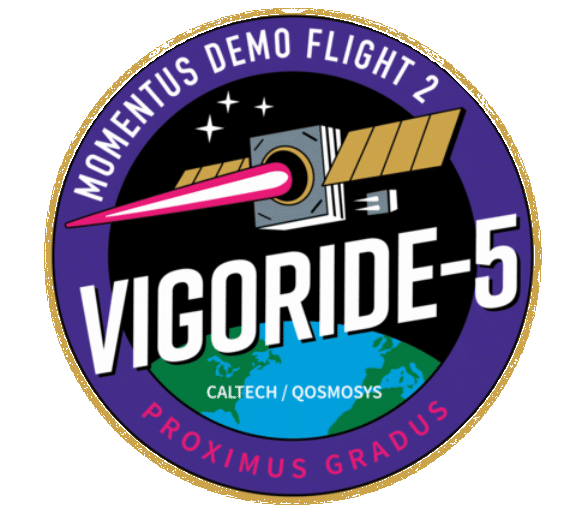
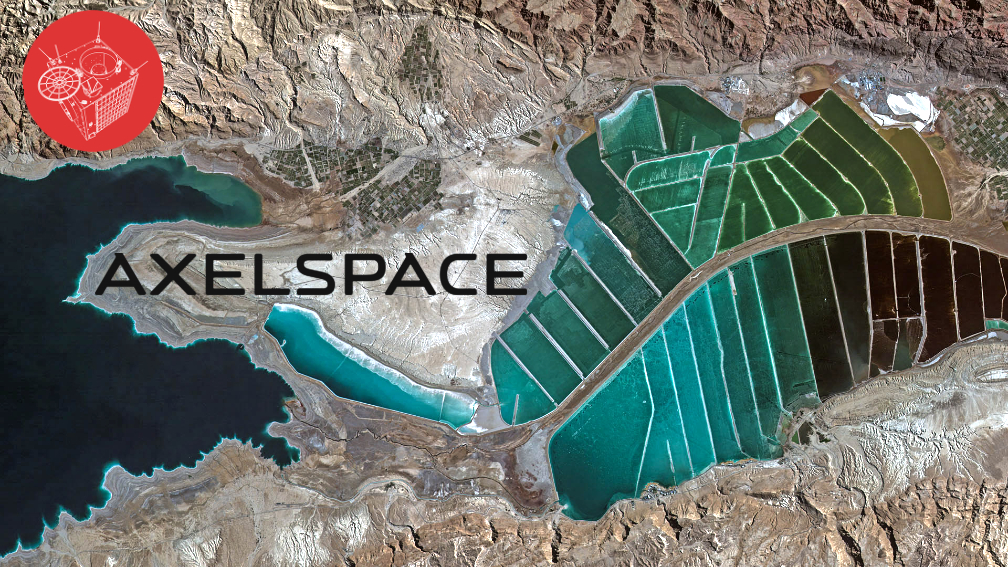


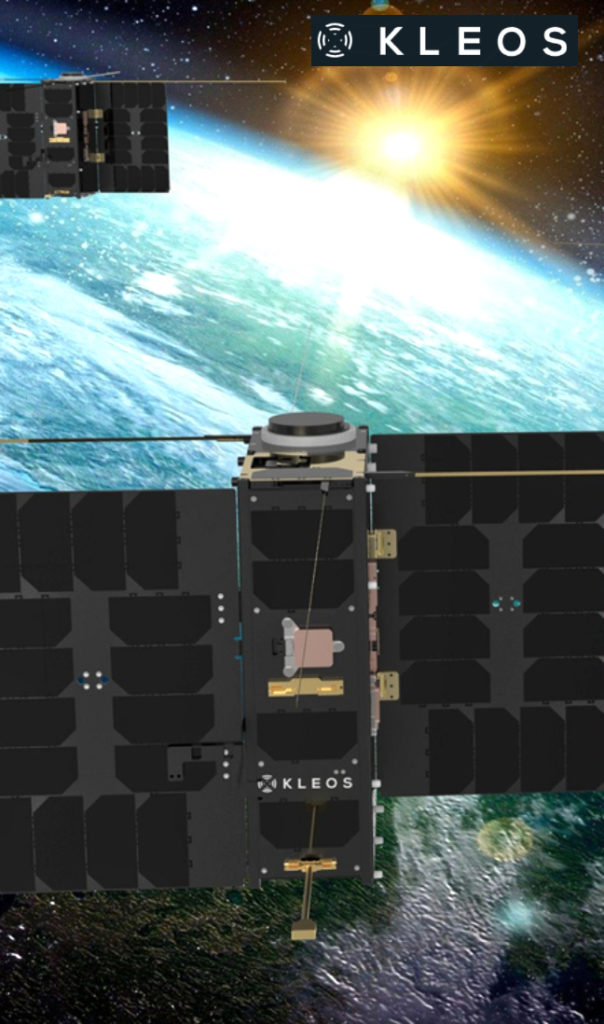
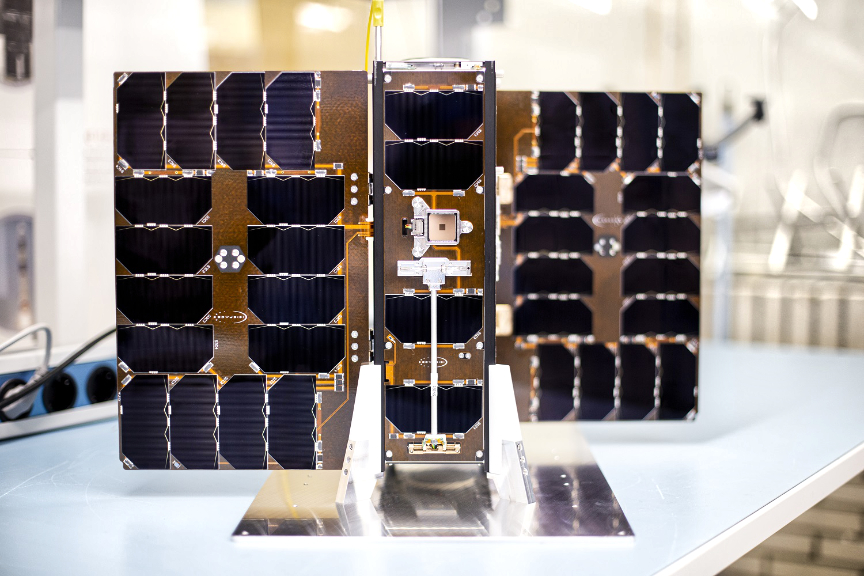
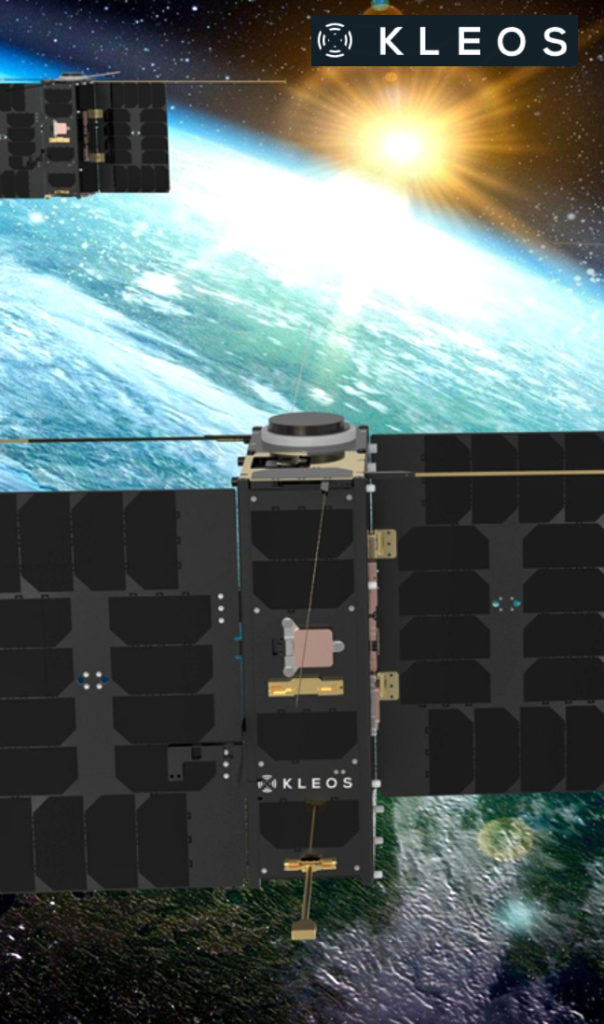
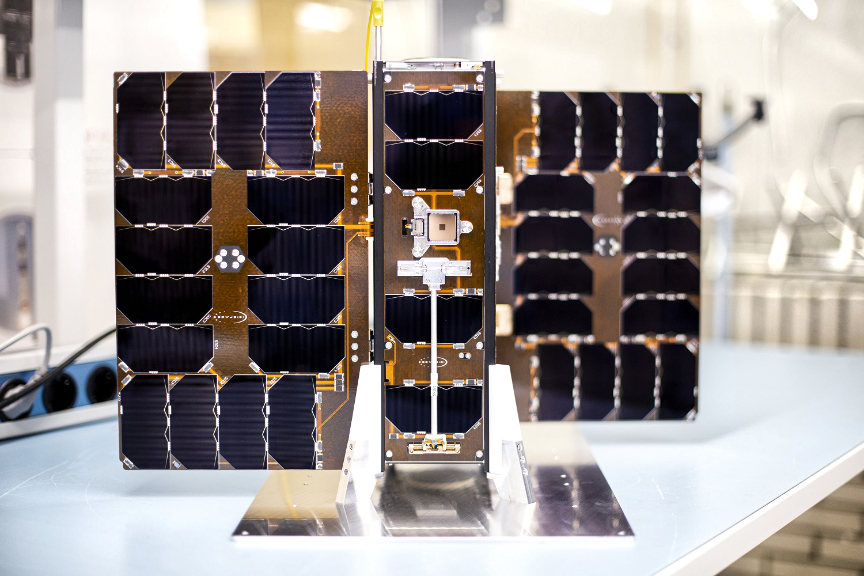


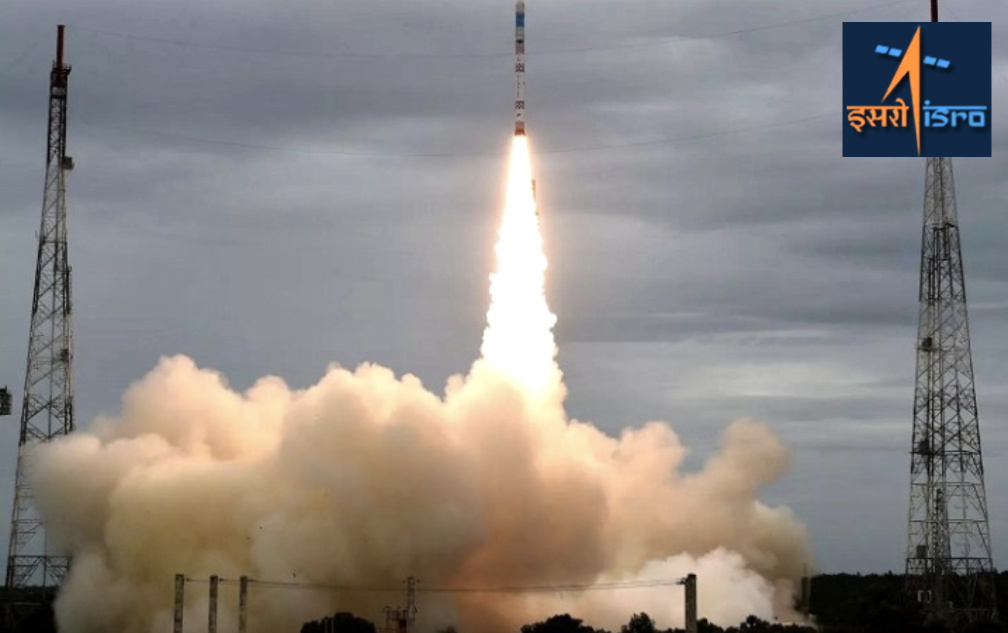
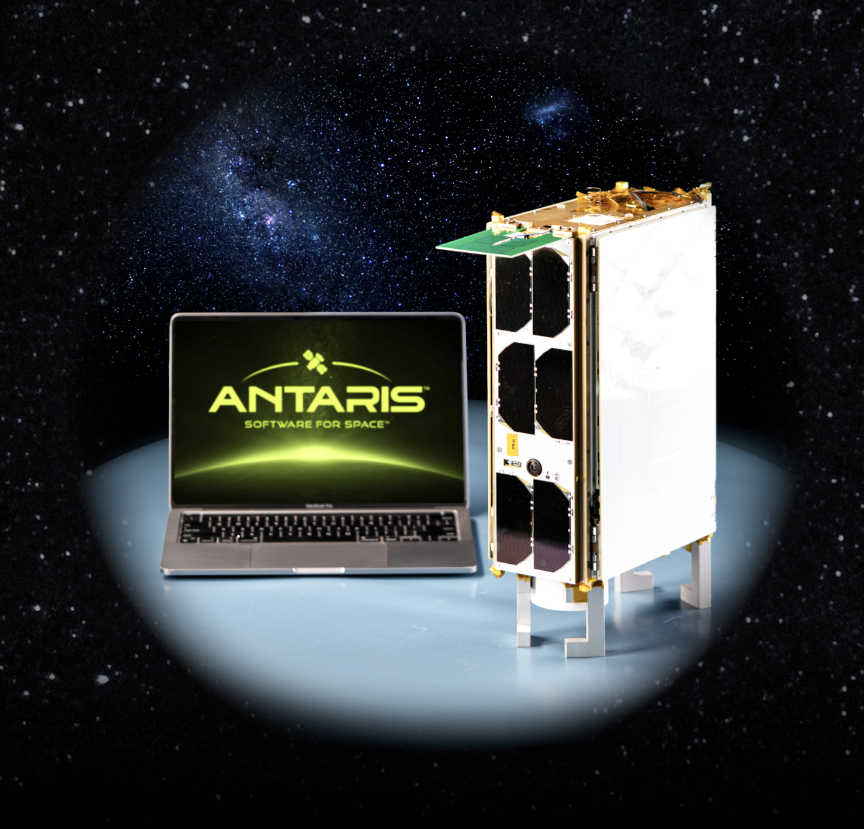
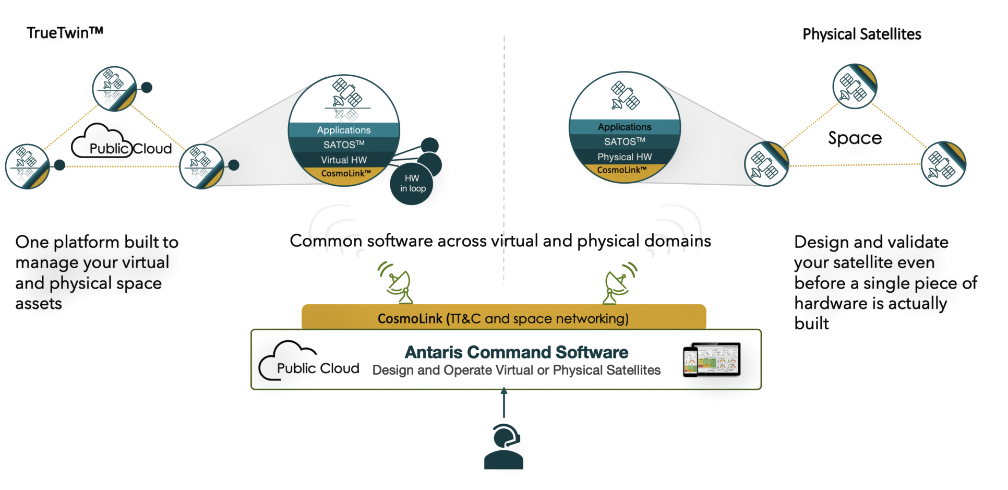
 digital twinning technology that creates a digital version of the satellite at the start of the project and then integrates with hardware-in-the-loop as hardware becomes available.
digital twinning technology that creates a digital version of the satellite at the start of the project and then integrates with hardware-in-the-loop as hardware becomes available.
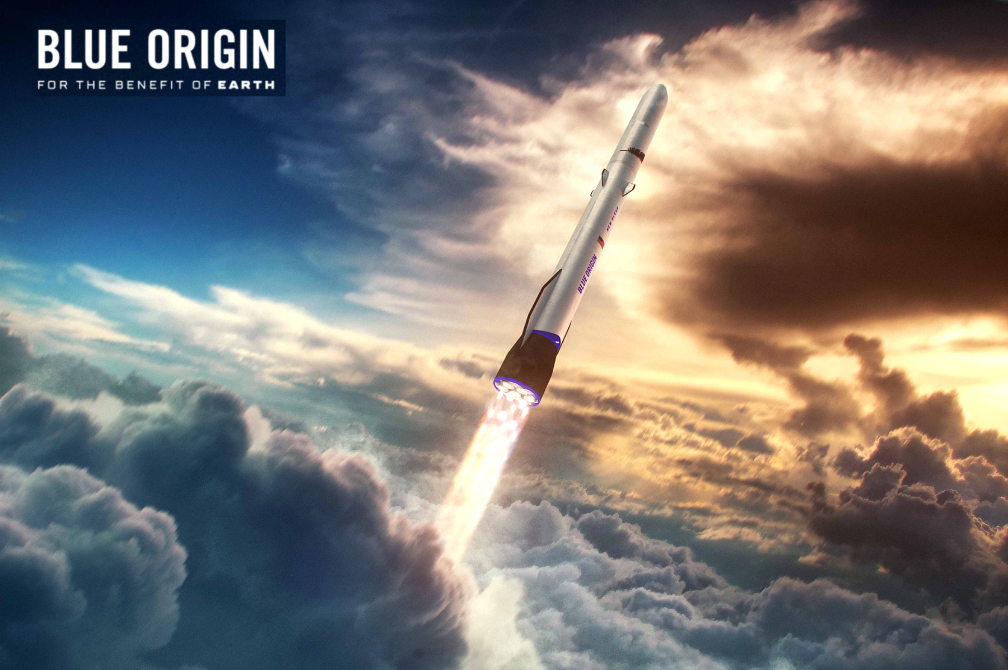
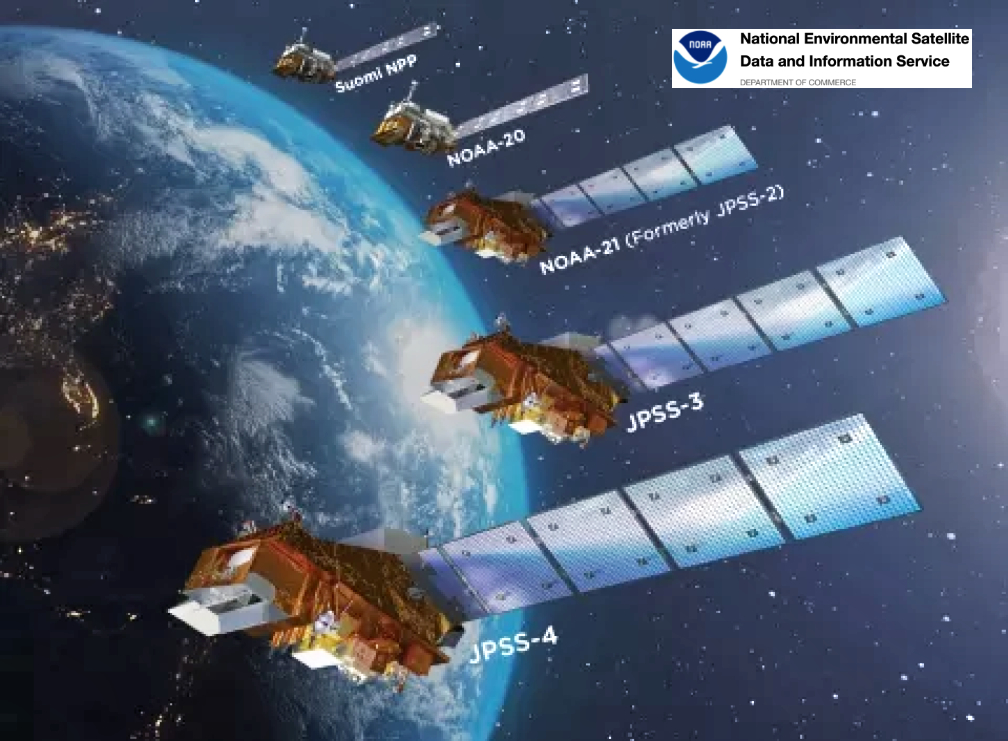

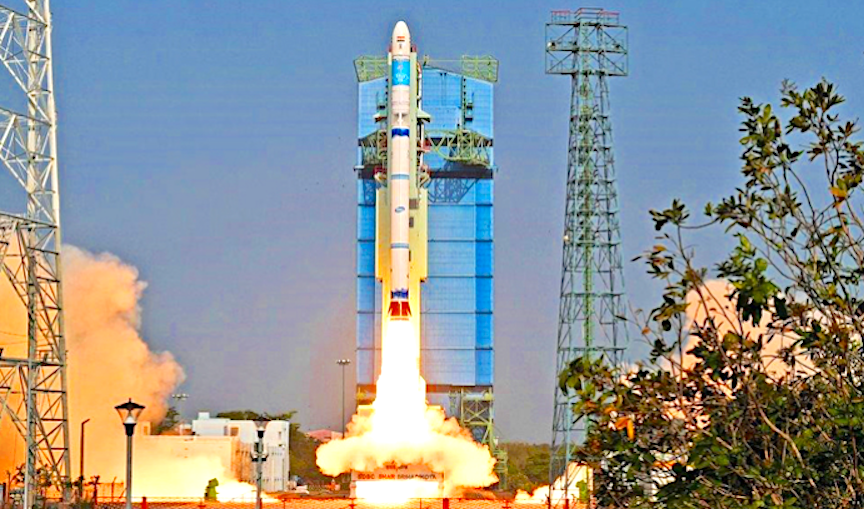
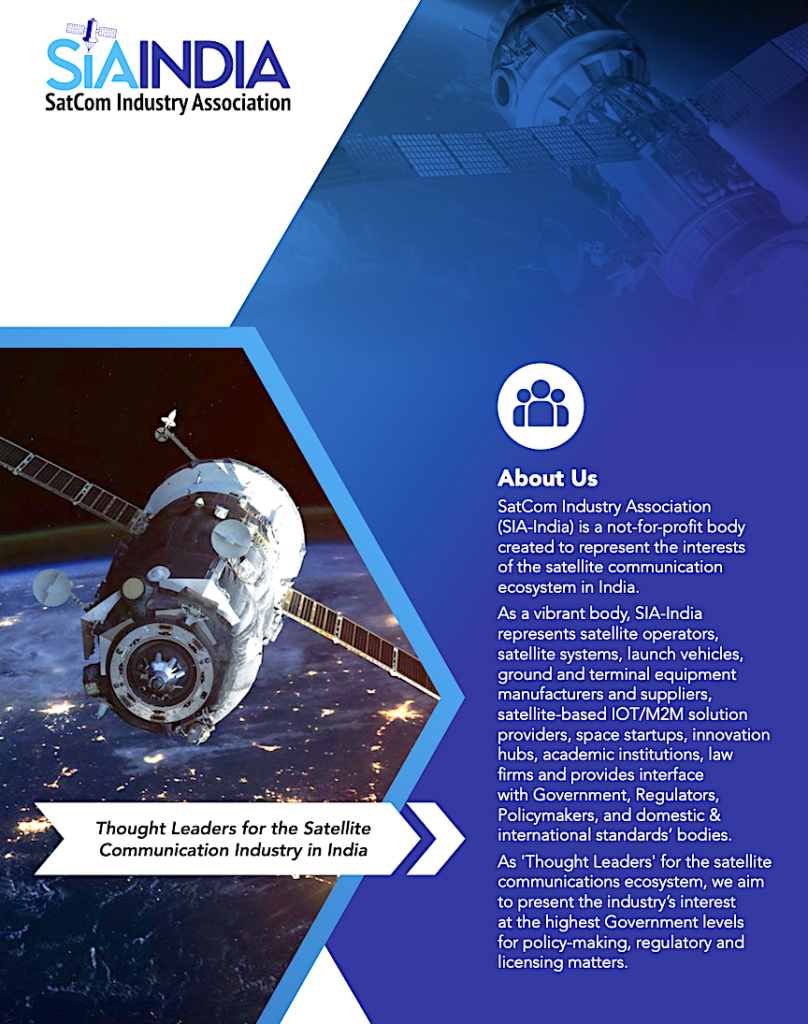
 software, and XDLinx’s modular Spacecraft Bus, with Ananth Technologies serving as its Master Systems Integrator. The complete Assembly, Integration, and Test process was carried out successfully at Ananth Technologies’ new facility in Bangalore’s Aerospace Park, where the high-efficiency Solar Panels of JANUS-1 were also fully indigenized.
software, and XDLinx’s modular Spacecraft Bus, with Ananth Technologies serving as its Master Systems Integrator. The complete Assembly, Integration, and Test process was carried out successfully at Ananth Technologies’ new facility in Bangalore’s Aerospace Park, where the high-efficiency Solar Panels of JANUS-1 were also fully indigenized.